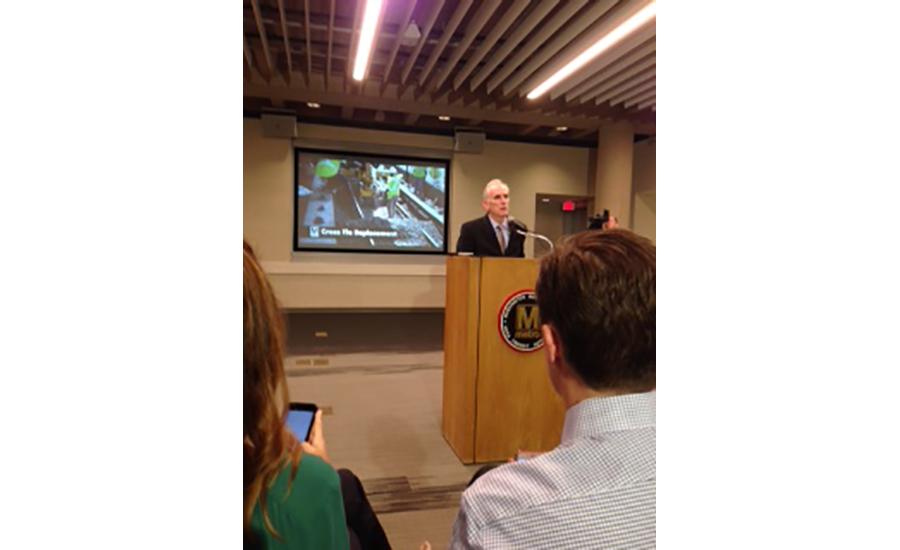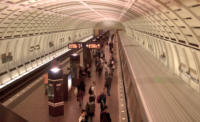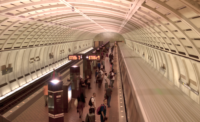Beset by a series of high-profile, infrastructure-related service disruptions on its Metrorail transit system, the Washington Metropolitan Area Transit Authority (WMATA) is formulating plans for an accelerated system-wide rehabilitation program aimed at restoring safety and reliability by mid-2017.
The proposal, which WMATA General Manager Paul Wiedefeld announced on May 6, aims to carry out three years’ worth of work within one year on the 117-mile network. “This is a massive undertaking—no doubt about it,” he said.
Wiedefeld told reporters in a briefing at WMATA’s downtown Washington headquarters that he didn’t yet have a cost estimate for the program, which WMATA is calling SafeTrack, though he did indicate it would not be in the “billions” of dollars.
Wiedefeld also said the task would require using outside contractors for at least some of the work. The program would cover all components of Metrorail’s infrastructure, he said. Some of the work will address priorities that Federal Transit Administration inspectors have recently identified.
One focus is the electrical system, including third-rail cables, cover boards and boots and replacing 12,000 insulators. Track is another target, including rail work, replacing 36,000 fasteners and 48,000 wooden ties and doing maintenance on interlockings. Also on the to-do list are tunnel lighting, ventilation and fan work.
Some of those tasks have already been fast-tracked. Wiedefeld said the system-wide replacement of electrical system connector assemblies is expected to be completed this summer, a year ahead of schedule.
There was no word on when WMATA might seek contracts. But Wiedefeld wants to get started soon—in early June. First, however, he needs approval from WMATA’s board. That could come by mid-May.
Wiedefeld said past maintenance practices had contributed to a degradation of the 40-year old transit system, with an ever-lengthening list of repair needs outpacing the limited late-night and weekend hours available to address them.
The most drastic parts of Wiedefeld’s “Safety Surge” maintenance speed-up would be temporary shutdowns, ranging from seven to 23 days, of five Metrorail segments. It also would include cutting service by single-tracking trains along other portions of the system.
The longest single-tracking job would extend for six weeks, on the Blue Line stretch in Virginia between Vienna and West Falls Church According to Wiedefeld’s presentation, nearly all of the shutdowns or service-slowdown periods wouldn’t overlap with each other.
"We have to do this,” Wiedefeld said. “This is not something that we can keep kicking down the road.”





